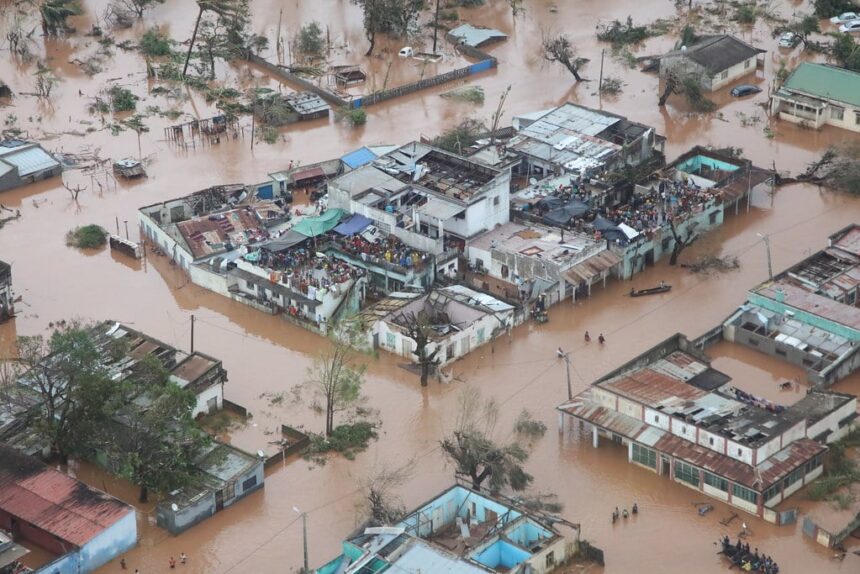In a bold move that could reshape global climate financing, the World Bank unveiled an ambitious green loan program yesterday aimed at unlocking trillions in sustainable investments for developing nations. The initiative, announced at the Bank’s headquarters in Washington D.C., represents what many experts are calling the most significant overhaul of climate finance mechanisms in over a decade.
“We stand at a critical inflection point where financial innovation must meet climate urgency,” said World Bank President David Malpass during the announcement. “This program isn’t merely about increasing the volume of green financing—it’s about fundamentally transforming how capital flows to climate solutions in emerging economies.”
The program introduces a three-tiered approach to green lending that addresses the primary barriers that have historically prevented large-scale private investment in climate projects across the Global South. Most notably, the initiative creates a risk-sharing mechanism where the Bank absorbs a portion of potential losses, effectively de-risking investments that would otherwise struggle to attract commercial capital.
Initial projections from the Bank’s economic team suggest the program could mobilize up to $4.7 trillion in climate finance by 2030—a figure that significantly exceeds previous estimates of what international financial institutions could deliver. The multiplier effect works by using $1 of public capital to unlock approximately $7 in private investment, according to CO24 Business analysis of the proposal.
Climate finance experts have responded with cautious optimism. Dr. Aisha Mahmood, senior fellow at the Climate Policy Institute, told CO24: “The design addresses several fundamental flaws in previous attempts at scaling climate finance. However, the real test will be implementation and whether the Bank can streamline its notoriously complex approval processes.”
The announcement comes against a backdrop of increasing climate disasters globally, with recent World News headlines dominated by unprecedented flooding in Southeast Asia and prolonged drought conditions across sub-Saharan Africa. These escalating climate impacts have heightened pressure on financial institutions to move beyond incremental approaches.
For countries like Canada, the initiative presents both opportunities and challenges. Canadian institutional investors, including the Canada Pension Plan Investment Board, have signaled interest in participating in the program’s investment vehicles. “This creates pathways for Canadian capital to support global climate solutions while potentially generating stable returns,” noted Financial Markets Authority Commissioner James Wilkins in comments to CO24 News.
The initiative’s governance structure incorporates representation from both donor and recipient nations—a significant departure from previous climate finance mechanisms often criticized for perpetuating global power imbalances. Developing nations will hold 45% of voting rights on project approvals, ensuring their priorities receive adequate consideration.
Critics, however, question whether the initiative goes far enough. Climate justice advocates point out that while the program may increase financing volumes, it doesn’t address the fundamental issue of climate debt—the notion that wealthy nations responsible for historical emissions should provide grant-based rather than loan-based climate finance.
The Bank plans to launch pilot programs in Indonesia, Kenya, and Colombia by September, focusing initially on renewable energy infrastructure, climate-resilient agriculture, and ecosystem restoration projects. Success in these initial deployments will determine whether the initiative can achieve its ambitious scaling targets.
As nations worldwide struggle to meet their Paris Agreement commitments, this financial innovation may represent one of the most consequential developments in climate policy this year. The question remains: can reimagined financial architecture deliver climate action at the speed and scale our warming planet demands?


















